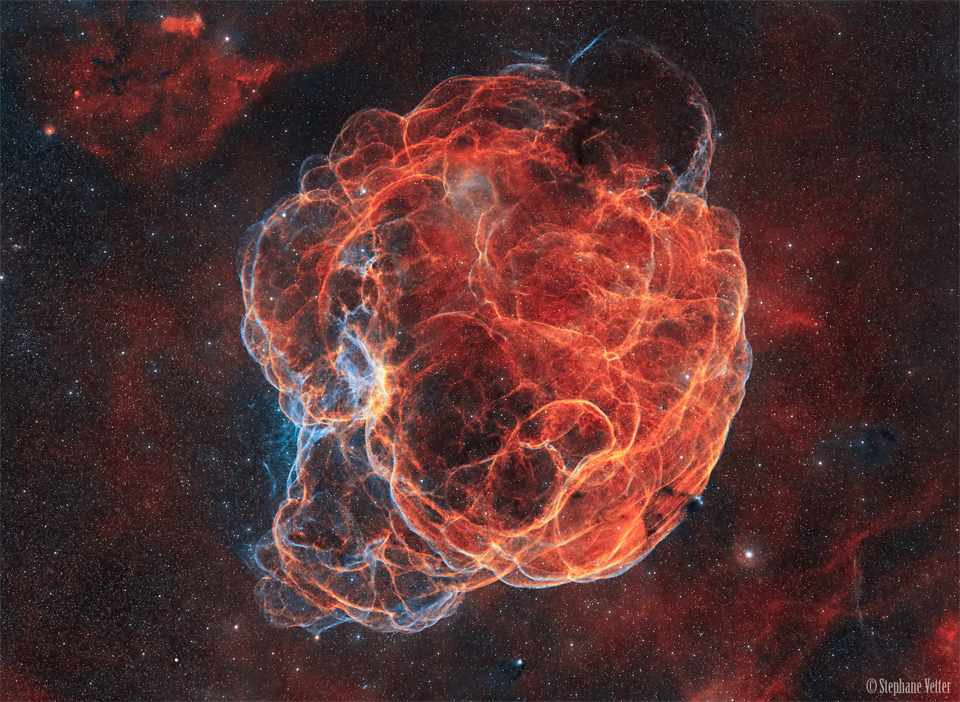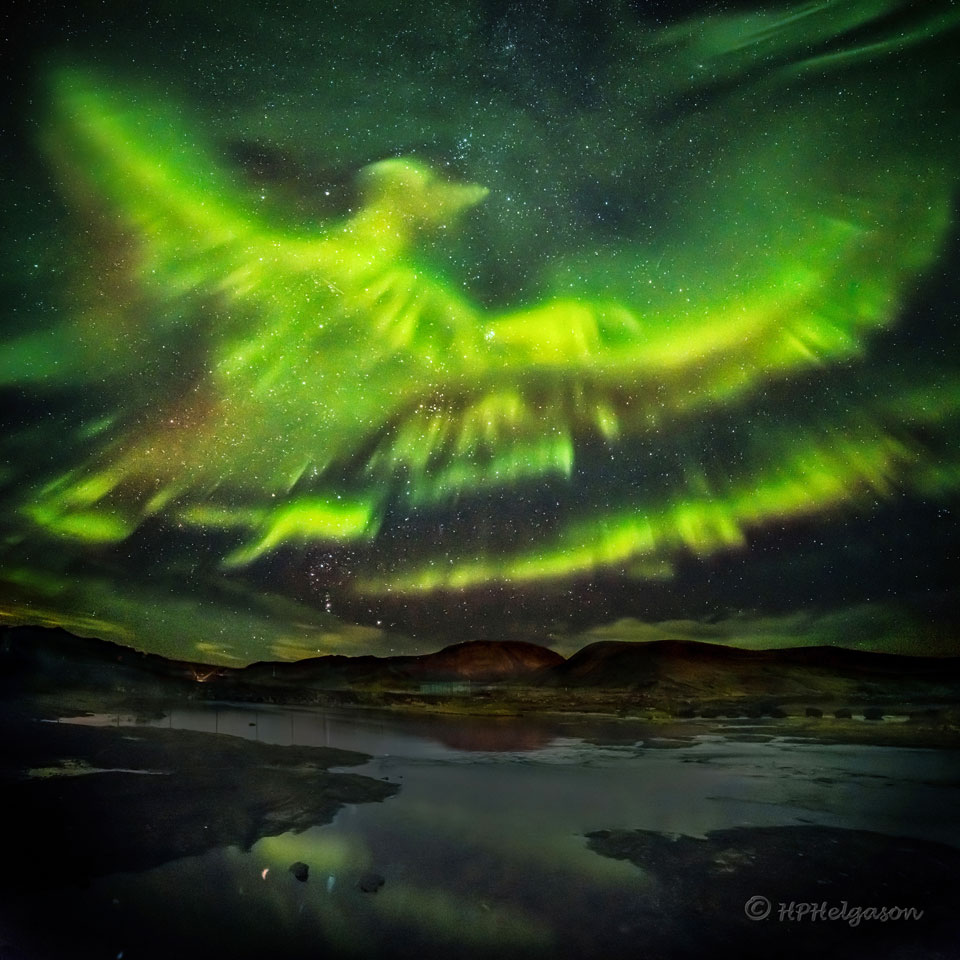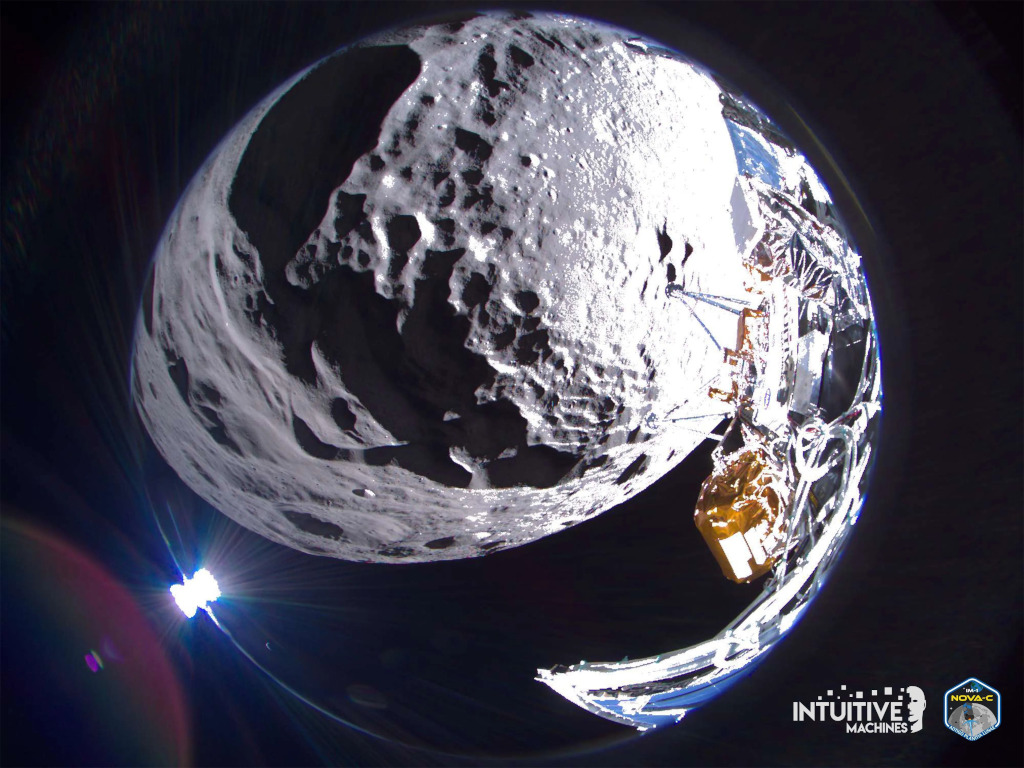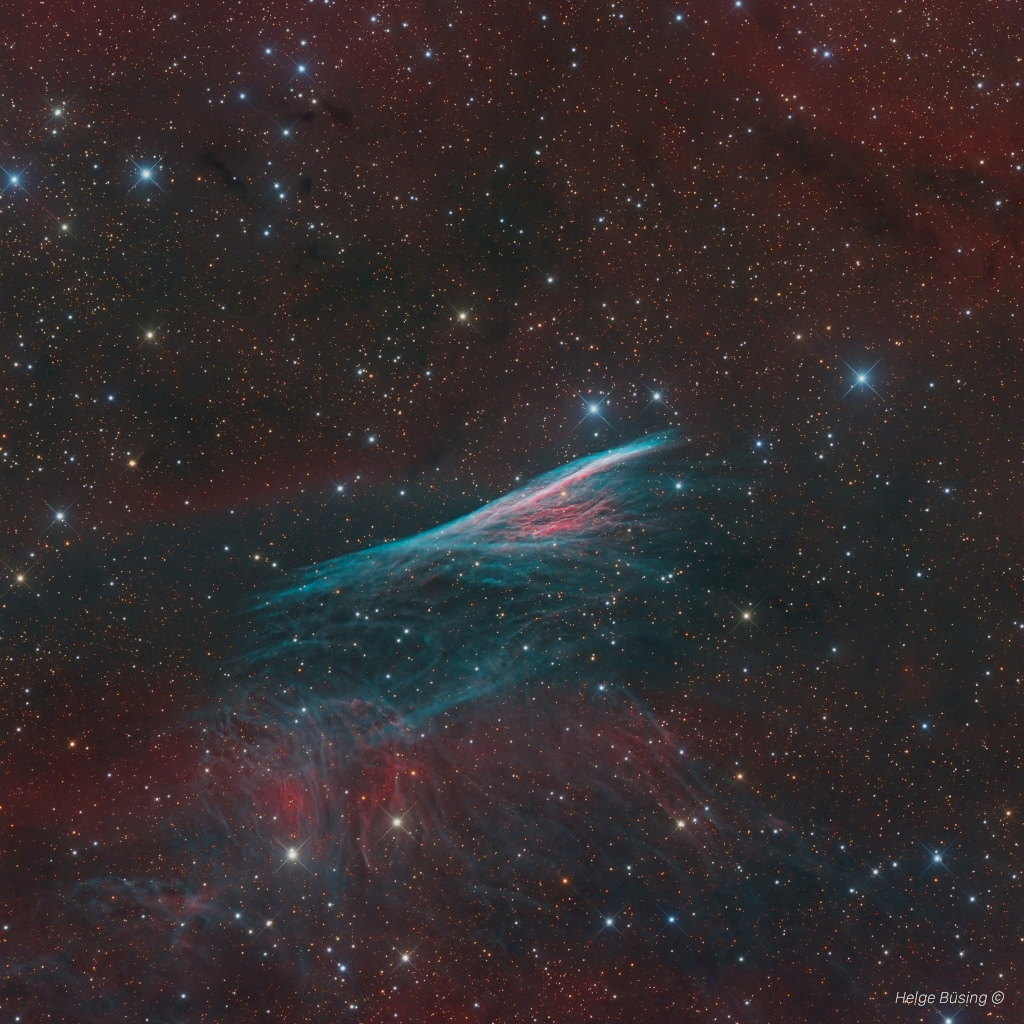
Nombre total de pages vues
27/02/2024
SANTé/MEDECINE - L'IRM fonctionnelle, l'outil pour lire dans les pensées

MYSTERE SOUS L'EAU DES LACS - L'écrevisse signal, une beauté fatale
ASTRONOMY - Supernova Remnant Simeis 147
2024 February 27
Image Credit & Copyright: Stéphane Vetter (Nuits sacrées)
Explanation: It's easy to get lost following the intricate, looping, and twisting filaments of supernova remnant Simeis 147. Also cataloged as Sharpless 2-240, the filamentary nebula goes by the popular nickname the Spaghetti Nebula. Seen toward the boundary of the constellations of the Bull (Taurus) and the Charioteer (Auriga), the impressive gas structure covers nearly 3 degrees on the sky, equivalent to 6 full moons. That's about 150 light-years at the stellar debris cloud's estimated distance of 3,000 light-years. This composite image includes data taken through narrow-band filters isolating emission from hydrogen (red) and oxygen (blue) glowing gas. The supernova remnant has an estimated age of about 40,000 years, meaning light from this massive stellar explosion first reached the Earth when woolly mammoths roamed free. Besides the expanding remnant, this cosmic catastrophe left behind a pulsar: a spinning neutron star that is the remnant of the original star's core.
ASTRONOMY - Martian Moon Eclipses Martian Moon
2024 February 26
Video Credit: ESA, DLR, FU Berlin, Mars Express; Processing & CC BY 2.0 License: Andrea Luck
Explanation: What if there were two moons in the sky -- and they eclipsed each other? This happens on Mars. The featured video shows a version of this unusual eclipse from space. Pictured are the two moons of Mars: the larger Phobos, which orbits closer to the red planet, and the smaller Deimos, which orbits further out. The sequence was captured last year by the ESA’s Mars Express, a robotic spacecraft that itself orbits Mars. A similar eclipse is visible from the Martian surface, although very rarely. From the surface, though, the closer moon Phobos would appear to pass in front of farther moon Deimos. Most oddly, Phobos orbit Mars so close that it appears to move backwards when compared to Earth's Moon from Earth, rising in west and setting in the east. Phobos, the closer moon, orbits so close and so fast that it passes nearly overhead about three times a day.
25/02/2024
MYSTERES SOUS L'EAU DES LACS - Paysage sans vie dans un bras mort du Rhône
ASTRONOMY - A Phoenix Aurora over Iceland
2024 February 25
Image Credit & Copyright: Hallgrimur P. Helgason; Rollover Annotation: Judy Schmidt
Explanation: All of the other aurora watchers had gone home. By 3:30 am in Iceland, on a quiet September night, much of that night's auroras had died down. Suddenly, unexpectedly, a new burst of particles streamed down from space, lighting up the Earth's atmosphere once again. This time, surprisingly, pareidoliacally, the night lit up with an amazing shape reminiscent of a giant phoenix. With camera equipment at the ready, two quick sky images were taken, followed immediately by a third of the land. The mountain in the background is Helgafell, while the small foreground river is called Kaldá, both located about 30 kilometers north of Iceland's capital Reykjavík. Seasoned skywatchers will note that just above the mountain, toward the left, is the constellation of Orion, while the Pleiades star cluster is also visible just above the frame center. The 2016 aurora, which lasted only a minute and was soon gone forever -- would possibly be dismissed as a fanciful fable -- were it not captured in the featured, digitally-composed, image mosaic.
24/02/2024
ASTRONOMY - To the Moon
2024 February 24
Image Credit: Intuitive Machines
Explanation: Intuitive Machines' robotic lander Odysseus has accomplished the first U.S. landing on the Moon since the Apollo 17 mission in 1972. Launched on a SpaceX rocket on February 15, the phone booth sized lander reached lunar orbit on the 21st and touched down on the lunar surface at 6:23 pm ET on February 22nd. Its landing region is about 300 kilometers north of the Moon's south pole, near a crater designated Malapert A. The lander is presently collecting solar power and transmitting data back to the Intuitive Machines' mission control center in Houston. The mission marks the first commercial uncrewed landing on the Moon. Prior to landing, Odysseus’ camera captured this extreme wide angle image (landing legs visible at right) as it flew over Schomberger crater some 200 kilometers from its landing site. Odysseus was still about 10 kilometers above the lunar surface.
23/02/2024
SANTé/MEDECINE - Les robots guidés par scanner, l'avenir de la chirurgie ?
MYSTERES SOUS L'EAU DES LACS - Un bras mort du Rhône plein de vie

ASTRONOMY - The Pencil Nebula Supernova Shock Wave
2024 February 23
Image Credit & Copyright: Helge Buesing
Explanation: This supernova shock wave plows through interstellar space at over 500,000 kilometers per hour. Centered and moving upward in the sharply detailed color composite its thin, bright, braided filaments are actually long ripples in a cosmic sheet of glowing gas seen almost edge-on. Discovered in the 1840s by Sir John Herschel, the narrow-looking nebula is sometimes known as Herschel's Ray. Cataloged as NGC 2736, its pointed appearance suggests its modern popular name, the Pencil Nebula. The Pencil Nebula is about 800 light-years away. Nearly 5 light-years long it represents only a small part of the Vela supernova remnant though. The enormous Vela remnant itself is around 100 light-years in diameter, the expanding debris cloud of a star that was seen to explode about 11,000 years ago. Initially, the section of the shock wave seen as the Pencil nebula was moving at millions of kilometers per hour but has slowed considerably, sweeping up surrounding interstellar material.
ASTRONOMY - Apollo 17's Moonship
2025 December 27 Apollo 17's Moonship Image Credit: Apollo 17 , NASA , (Image Reprocessing: Andy Saunders ) Explanation: Awkward an...

-
2022 September 26 All the Water on Planet Earth Illustration Credit: Jack Cook, Adam Nieman, Woods Hole Oceanographic Institution ; Data ...
-
2025 May 11 The Surface of Venus from Venera 14 Image Credit: Soviet Planetary Exploration Program , Venera 14 ; Processing & Copyri...






